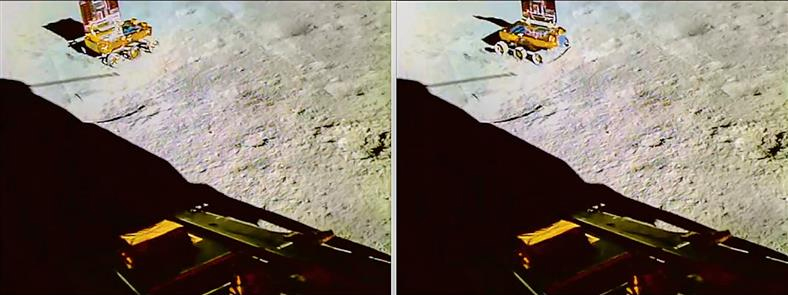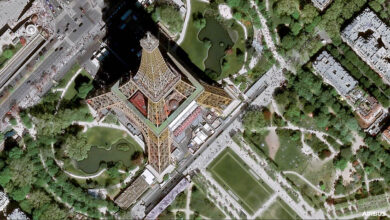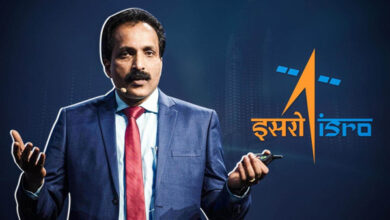Chandrayaan-3: Device aboard ‘Vikram’ records Seismic event on the moon
- ILSA comprises a cluster of six high-sensitivity accelerometers, which are indigenously fabricated using the Silicon Micromachining process
Bangalore, September 1. ISRO today said the Instrument for the Lunar Seismic Activity (ILSA) payload on Chandrayaan-3 lander (Vikram) — the first micro electro mechanical systems (MEMS) technology-based instrument on the moon — has recorded an event (seismicity), appearing to be a natural one, on August 26. The source of this event is under investigation.

The Instrument for the Lunar Seismic Activity has been designed and realised by LEOS (laboratory for electro optics system), Bengaluru.
In another update, ISRO said the radio anatomy of moon-bound hypersensitive ionosphere and atmosphere-Langmuir probe (RAMBHA-LP) payload aboard Chandrayaan-3 lander has made first-ever measurements of the near-surface lunar plasma environment over the south polar region. The initial assessment indicates that the plasma near the lunar surface is relatively sparse.
“These quantitative measurements potentially assist in mitigating the noise that lunar plasma introduces into radio-wave communication. Also, they could contribute to the enhanced designs for upcoming lunar visitors. RAMBHA-LP payload development is led by SPL, VSSC, Thiruvananthapuram,” ISRO said in a post on X.
ILSA comprises a cluster of six high-sensitivity accelerometers, which are indigenously fabricated using the Silicon Micromachining process.

“The Instrument for Lunar Seismic Activity (ILSA) payload on the Chandrayaan 3 Lander is the first instance of a Micro Electro Mechanical Systems (MEMS) technology-based instrument on the moon. It has recorded the vibrations occurring due to the movements of Rover and other payloads,” ISRO said.
Taking to social media platform X, the space agency said, “Additionally, it has recorded an event, appearing to be a natural one. The source of this event is under investigation.”
ILSA comprises a cluster of six high-sensitivity accelerometers, which are indigenously fabricated using the Silicon Micromachining process. The core sensing element consists of a spring-mass system with comb-structured electrodes. External vibrations lead to a deflection of the spring, resulting in a change in capacitance which is converted into voltage.
ILSA’s primary objective is to measure ground vibrations generated by natural quakes, impacts, and artificial events. The vibrations recorded during the rover’s navigation on August 25, 2023, are depicted in the figure. Additionally, an event, seemingly natural, recorded on August 26, 2023, is also shown. The source of this event is currently under investigation.
The ILSA payload was designed and realised at LEOS, Bangalore, with the support of private industries. The deployment mechanism for placing ILSA on the lunar surface was developed by URSC, Bengaluru.
Another payload confirms sulphur
ISRO said the alpha particle X-ray spectroscope (APXS), aboard the rover “Pragyan”, has also detected sulphur along with other minor elements. The laser-induced breakdown spectroscope (LIBS) instrument aboard Pragyan had earlier confirmed the presence of sulphur, needed for car batteries, fertiliser and other purposes.





